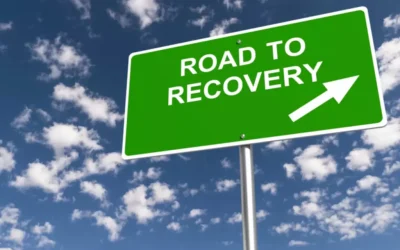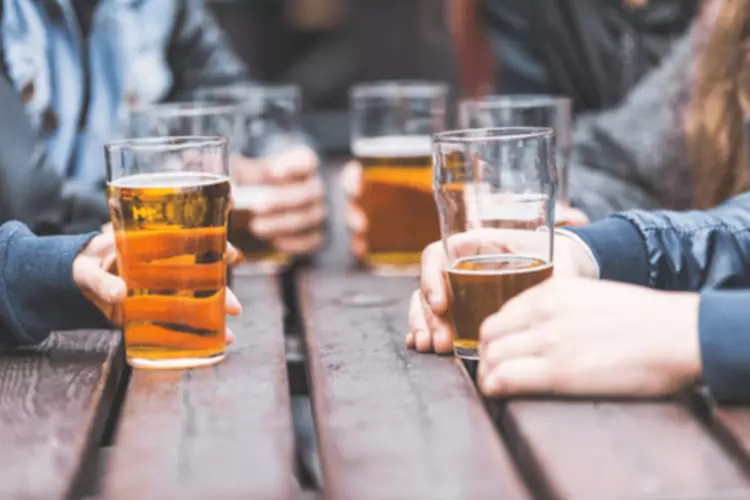They also examined differences between these two groups with respect to outpatient program discharge status (i.e., were they discharged from treatment with or without staff approval) and length of stay in outpatient treatment. Recovery residences are alcohol and other drug free living environments that provide peer support for those seeking recovery from substance use disorder. Less studied than Oxford Houses and TC’s are outcomes among parolees and probationers residing in level two and level three residences. However, one study of 245 residents living in level two sober living houses (SLHs) in northern California found 29% of the sample was referred through the criminal justice system (Polcin, Korcha, Bond, & Galloway, 2010). Like the overall sample, persons referred from the criminal justice system made significant gains on measures of alcohol and drug use that Were maintained at 18-month follow-up (Polcin, Korcha, Wittman, & Troutman, 2010).
Pros and Cons of Sober Living
Some Level 2s offer more formalized recovery support services and life skills development, but not to the degree found in Level 3s or 4s. In this study, researchers found that people engaged in an outpatient addiction treatment program who also elected to live in recovery housing were more likely to be younger, female, and have greater history of treatment utilization. Also, compared to those who elected not to live in recovery housing, they remained in outpatient care for longer, and were more likely to be satisfactorily discharged from treatment. Recovery housing residents felt the structure and accountability, opportunity to learn coping and recovery skills, and access to social and emotional support from peers were most helpful. Deposit and any difference beyond covered monthly program fees are the responsibility of the client.
What kind of services are provided to Level 2 recovery residence?
- NARR is currently developing an educational resource for providers on how to operationalize safe and supportive recovery housing when residents are using MAT.
- Of the 980 clients who received services at the outpatient treatment program during the study period, about two-thirds of clients were men (65%), non-Hispanic White (87%), age 30 or older (68%), and had some sort of postsecondary education (89%).
- Rather than using such a tool as a predictor of long-term recovery outcomes, a recovery capital assessment may be better used as barometer as to the progress of an individual in their recovery.
As a result, efforts at local, state, and federal level are being made to reduce the population of inmates in prisons and jails. In a publication supported by the Sentencing Project (Porter, 2017) described a number of policy changes states are making. She pointed out that 17 states in 2016 adopted reforms targeted at reducing prison populations. In 2011, California enacted a state law (AB109), which transitions persons in the state prison system gratitude house sober living residence to local jurisdictions, often with reduced incarceration periods (Lofstrom & Martin, 2015). In 2014, California voters passed proposition 47, a ballot initiative designed to reduce felony drug offenses to misdemeanors and provide funding for mental health and drug treatment. Although recovery housing can be a useful and important step along the continuum of substance use disorder recovery care, many individuals do not utilize this resource.
A Stronger Sober House

Women are more likely to be victims of sexual and physical abuse and some participants may have elected to live in safer https://ecosoberhouse.com/s due to safety concerns elsewhere. Some residents reported staying in other recovery residences prior to moving into this residence, however even those who had never lived in recovery housing before mentioned the importance of finding a residence that best suited their needs and felt comfortable. Recovery housing residents were seeking a safe and supportive living environment. Living in a sober home after an inpatient rehab facility or during outpatient addiction treatment can be very beneficial. Of course, as with anything, living in a sober living environment isn’t without it’s disadvantages, too. For those who would like to watch the recording, here is the link to the recovery residences webinar.
Newport Beach sober living homes owner indicted on suspicion of paying nearly $175000 to ‘body brokers’ – Los Angeles Times
Newport Beach sober living homes owner indicted on suspicion of paying nearly $175000 to ‘body brokers’.
Posted: Wed, 01 May 2024 01:31:00 GMT [source]
Al Maa’uun House of Nur
Over the past 10 years, 27 states reduced their overall incarceration rates, and between 2006 and 2014 incarceration in state prisons dropped 7%. Some states with the largest drops in their prison populations also experienced the largest reductions in crime. Eaglin (2015) reported that reductions in the numbers of incarcerated persons are occurring in both state prisons and local jails. For example, Los Angeles County, the largest jail system in the country, has seen its jail population decline by 17% since implementation of proposition 47 in 2014. There are some shining state examples, like Ohio, which is investing millions of state dollars into recovery housing in response to the opioid epidemic. Massachusetts has made a significant investment in developing and supporting its network of NARR-compliant Level 2 recovery residences.

One Love Housing
If you are in a state with a NARR affiliate organization, you should also contact that organization. Maintaining sobriety and engaging in Twelve Step work with a sponsor are requirements for being a resident at Perimeter Recovery. All residents are given random drug and alcohol tests throughout their stay to ensure the community remains drug and alcohol free.
Reaney House
- In 2016 there were approximately 2.3 million individuals incarcerated in U.S. federal, state and local institutions (Wagner & Rabuy, 2016).
- Examples of when a resident would be asked to move out are if they are using illicit drugs, engaged in criminal behavior or are a direct threat to others or property.
- In general, rural residences provide higher or more comprehensive levels of support than other options because there are fewer support resources in the surrounding area.
- “You really get to collaborate with the individuals that are living in that space with you to determine what it’s all going to look like.
Products and services
- Part of the reasons for these findings might be related to the concerning finding that many individuals on probation or parole did not receive the professional services they felt they needed.
- It provides overarching leadership and management to NUWAY®, the NUWAY Recovery Foundation, Cochran Recovery Services, and The Gables.
- Both recovery residences and Oxford Houses are peer-run and peer-operated homes.
- These residences allow residents to use prescribed medication for physical health, mental health, and substance use disorders.
- This structure ensures that all residents are actively engaging in community life and that each man continues to maintain sobriety and makes progress in his recovery while living in the halfway house.
